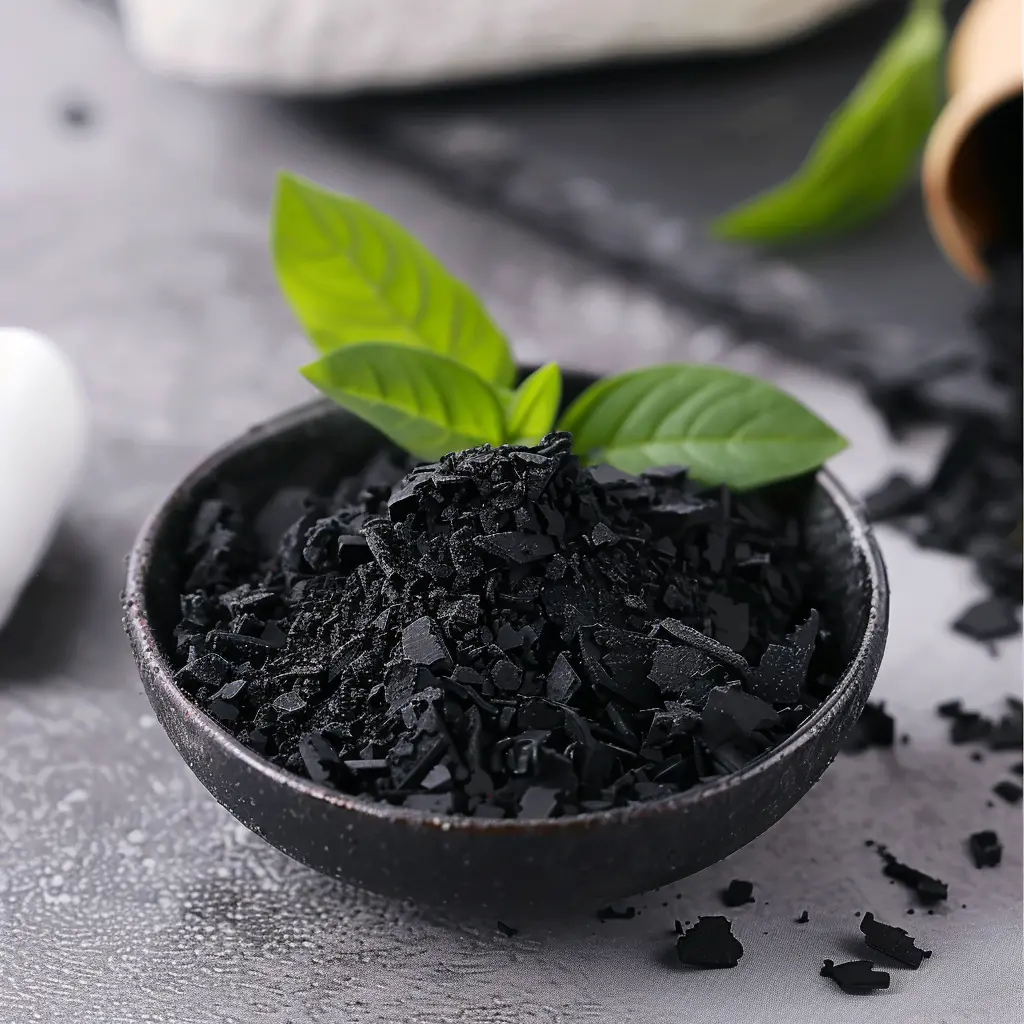
In modern industry, rubber materials are widely used in various products, but their aging problem has become an important factor restricting their service life. With the advancement of science and technology, the research and development of anti-aging technology continues to advance, and the application of many new additives and coatings has significantly improved the weather resistance and thermal stability of rubber.
By optimizing rubber formulas, companies can not only effectively extend the service life of products, but also significantly reduce maintenance costs. For example, some newly developed anti-aging agents can maintain the physical properties of rubber and delay the aging process under high temperatures and ultraviolet irradiation. This is crucial to extending the overall life cycle of the product and reducing the replacement frequency of the enterprise.
The use of advanced anti-aging technology not only improves the overall performance of rubber products, but also significantly enhances the competitiveness of products, especially in applications in the automotive, construction and electronics industries. Such development enables companies to take advantage of the increasingly fierce market environment.
In the future, we expect to see the application of more innovative anti-aging technologies, thereby bringing greater changes to the rubber industry. Understanding the advantages of these technologies can help companies play a key role in optimizing product performance and improving market position.



